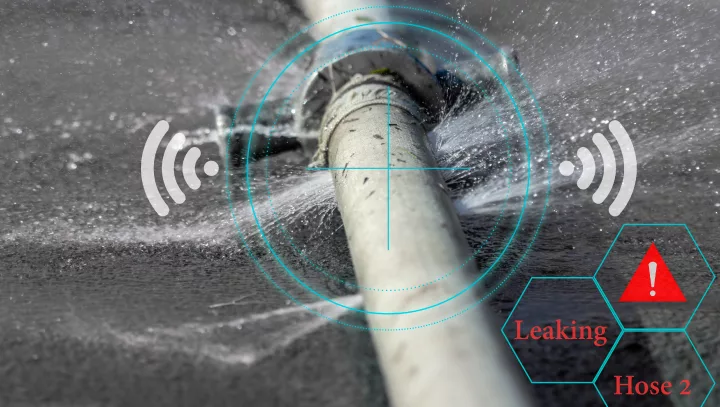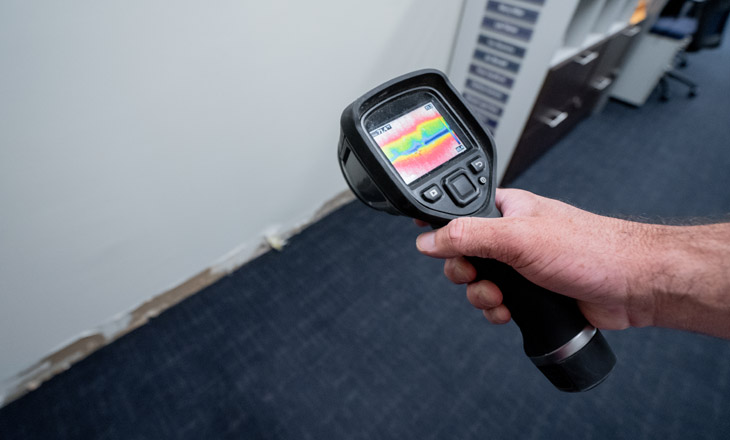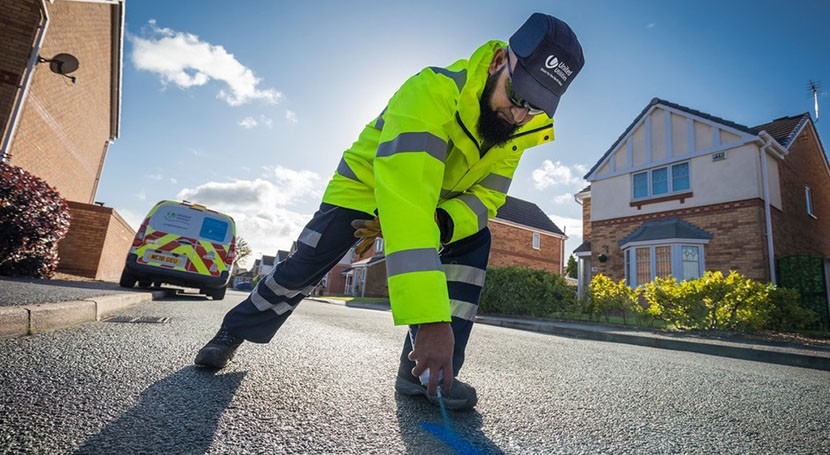Innovative Solutions for Very Early Detection of Water Leakages in Buildings and Facilities
As the integrity of structures and infrastructure is vital, the challenge of very early detection of water leaks has actually spurred ingenious solutions that guarantee to revolutionize the method we guard against prospective problems. From advanced leakage discovery innovations to the release of IoT sensors for real-time monitoring, the landscape of leakage avoidance is developing quickly. Machine knowing formulas offer a peek right into the future of leakage forecast, while thermal imaging presents a non-intrusive method for identifying hidden leaks. Automated water circulation evaluation systems are improving just how leaks are identified and attended to, leading the means for an aggressive approach to water leak detection. Each of these remedies holds the essential to making sure the integrity and long life of our constructed setting, prompting a shift towards a more lasting and effective future.
Advanced Leakage Discovery Technologies
Advanced leak detection innovations, geared up with innovative sensing units and algorithms, play an essential role in promptly recognizing and pinpointing water leaks in numerous settings. These innovations utilize a combination of acoustic, thermal, and electromagnetic sensing methods to identify leaks precisely. Acoustic sensing units detect the noise of getting away water, enabling specific localization of the leak resource. Thermal imaging detects temperature adjustments triggered by water leakage, giving an additional effective method for leakage identification. Electromagnetic sensing units can determine modifications in magnetic fields brought on by water, supplying yet an additional layer of leakage detection capability.

IoT Sensors for Real-Time Surveillance
In the realm of modern water leakage discovery, the combination of IoT sensing units for real-time surveillance stands for a crucial improvement in improving aggressive leak discovery capabilities. These sensors use constant tracking of water supply, offering real-time data on water flow rates, stress variants, and temperature changes. By leveraging IoT innovation, these sensing units can identify even the smallest abnormalities in water use patterns, making it possible for very early identification of possible leakages before they intensify into major problems.
IoT sensing units transfer data to a central platform, where sophisticated algorithms examine the information and create notifies or notifications when irregularities are identified. This real-time tracking capacity allows home proprietors or center managers to immediately resolve leaks, decreasing water damages, minimizing repair service costs, and conserving water sources.
Moreover, IoT sensing units can be integrated with building administration systems, permitting for automatic reactions to identified leaks, such as closing off water shutoffs or triggering pumps to mitigate the influence of leaks. Overall, the execution of IoT sensors for real-time monitoring dramatically improves the efficiency and performance of water leak discovery in buildings and framework.
Maker Learning Algorithms for Leakage Prediction

One key benefit of utilizing artificial intelligence for leakage prediction is its ability to continually discover and boost its precision in time. As even more data is collected and fed right into the algorithm, it can refine its forecasts and adapt to transforming conditions, ultimately increasing the integrity of leak discovery systems.
Additionally, artificial intelligence algorithms can help in determining refined indications of leakages that might go unnoticed by typical tracking methods. water leak detection. By examining complex information embed in real-time, these formulas can supply early cautions and alerts, enabling timely treatment and precautionary maintenance to reduce potential water damage and linked costs
Using Thermal Imaging for Leak Detection
Thermal imaging technology provides an encouraging strategy for finding water leakages in different systems and facilities. By making use of infrared radiation and temperature differences, thermal imaging cameras can determine surprise leaks that are not easily visible to the nude eye. When water runs away from pipes or structures, it typically transforms the temperature level of the surrounding location, developing temperature level differentials that thermal cameras can catch. These temperature abnormalities are after that translated right into visible pictures, highlighting the precise area of the leak.
One of the key advantages of thermal imaging for leakage discovery is its non-intrusive nature. Unlike typical approaches that might need breaking into walls or floors to situate leakages, thermal imaging permits non-destructive testing. This not only saves time and lowers prices yet additionally lessens interruption to the building or infrastructure being analyzed. In addition, thermal imaging can swiftly scan large locations, giving a thorough review of prospective leak sources in a prompt way. In general, using thermal imaging modern technology boosts the effectiveness and accuracy of water leakage discovery, making it an important device for preserving the stability of structures and frameworks.
Automated Water Flow Evaluation Systems
Just how can automatic water circulation analysis systems change the detection and monitoring of leaks in numerous systems and facilities? Automated water circulation analysis systems supply a proactive technique to leak discovery by continuously monitoring water circulation rates and patterns. By establishing standard data, these systems can rapidly recognize discrepancies that might indicate a leak, allowing prompt intervention to stop comprehensive damage.
These systems make use of innovative algorithms to examine real-time data and supply prompt notifies when abnormalities are detected, permitting quick activity to be taken. Additionally, automated water flow evaluation systems can be incorporated with structure management systems or IoT platforms, improving total efficiency and allowing remote surveillance capabilities.
Additionally, the data gathered by these systems can be used for predictive upkeep purposes, helping to determine possible weak points in the facilities before leakages take place. Generally, the application of try this site automatic water flow analysis systems can considerably improve leakage discovery and administration methods, ultimately leading go to the website to set you back financial savings, minimized water wastage, and increased sustainability in structures and facilities.

Conclusion
In final thought, the combination of sophisticated leakage discovery innovations, IoT sensing units, equipment understanding formulas, thermal imaging, and computerized water circulation evaluation systems supplies cutting-edge remedies for very early discovery of water leakages in buildings and facilities. These innovations allow real-time monitoring, prediction of leakages, and reliable discovery techniques to stop water damage and wastage. Executing these solutions can help in keeping the honesty and sustainability of water supply Resources in different settings.
Comments on “The Relevance of Normal Water Leak Detection for Long-Term Home Defense”